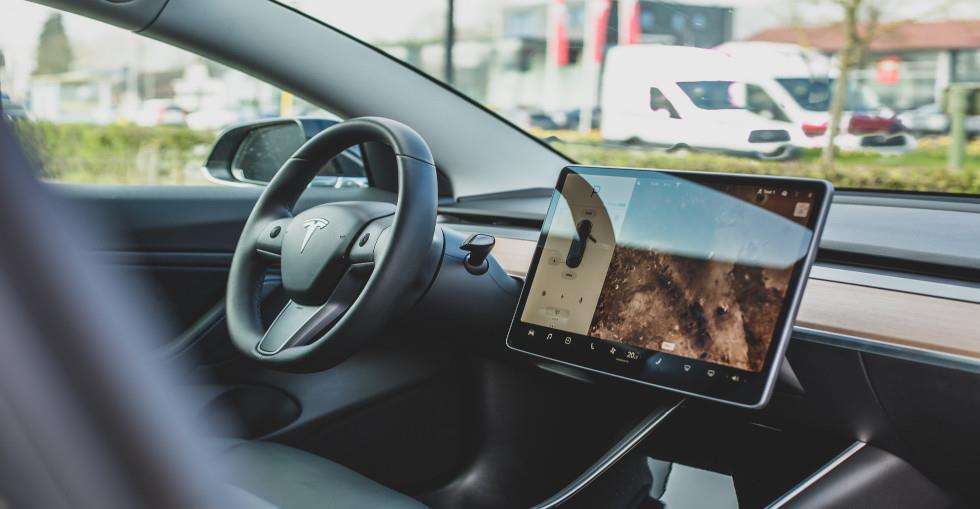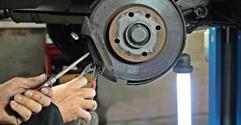President Biden’s target that half of all vehicles sold in the US will be electric or at least hybrid by 2030 highlights looming threats – and opportunities – to the auto parts and repair sectors.
Set out in an executive order signed in August, the ambitious goal merely adds federal government impetus to a shift already underway as carmakers jostle to lead a burgeoning market and prove their environmental credentials.
Both Ford, which has vowed that 40% of its vehicle sales will be electric by 2030, and General Motors – aiming for 100% by 2035 – already made bold pledges earlier this year.
Fewer parts
The implications are profound for the automotive parts and maintenance markets.
Growing computerization – with self-driving vehicles another epochal change coming down the road – simplifies diagnosis and therefore repairs, meaning firms can turn customers around more quickly.
However, another difference portends fewer customers: battery-powered electric vehicles (EVs) have far fewer components – notably one-fifth the number of powertrain parts – than their diesel- or gas-fueled predecessors.
Fewer moving parts means less scope for things going wrong – which spells trouble for auto repair outfits that stand still as the world around them shifts.
An AlixPartners report in 2019 predicted that the typical automotive dealer will generate 35% less revenue from parts and maintenance for each electric vehicle they sell.
EVs don’t need oil changes of course, while reduced wear and tear means brake pads on Toyota Priuses can run for more than 100,000 miles – 70,000 miles longer than is typical with combustion engine-powered vehicles, according to Reilly Brennan, general partner at Trucks Venture Capital.
Tire boom incoming
However, writing in Tech Crunch, Brennan said the prospects are good for tire sales because EVs consume tires faster. He cited one tire replacement service that expects EV customers to replace tires 30% more often.
The sale and maintenance of ‘visibility’ products, such as windshield glass, wipers and cleaning fluids, will also be in high demand, he claims, given the requirements of on-board sensors and cameras.
Samantha Houston, an analyst for the Clean Transportation Program at the Union of Concerned Scientists, has told The Daily Beast that “there could be an opportunity for repair shops to be knowledgeable in, or even specialize in, electric vehicles, with some training.”
The differences between power trains don’t present an “insurmountable problem”, she added.
Evolution and exit strategy
Doing nothing to prepare for the EV revolution – as 90% of the industry was doing four years ago, a Massachusetts-based auto mechanic told The Washington Post in 2017 – is no longer an option.
California aside, the US is currently a laggard in terms of EV sales, so auto shops don’t need to transform their business model overnight.
But the direction of travel is clear and they do need to plan for the EV revolution in the long term in terms of retraining, retooling and overhauling their business model.
If business owners lack the appetite to adapt, then it’s perhaps advisable to formulate an exit strategy sooner rather than later, before the market erodes the value of their combustion-era businesses.


